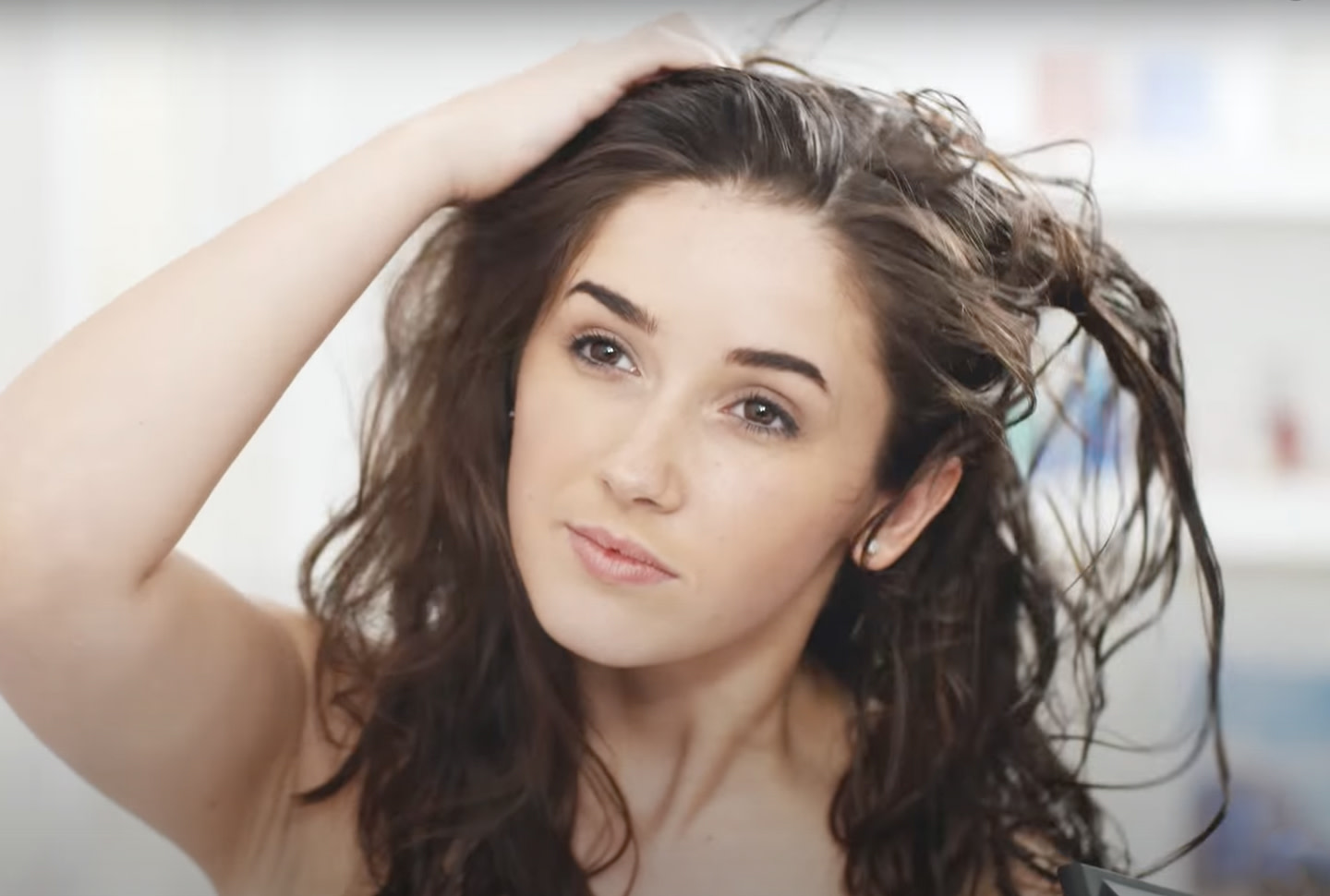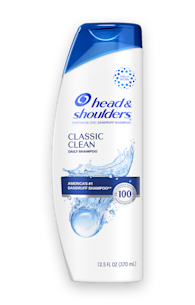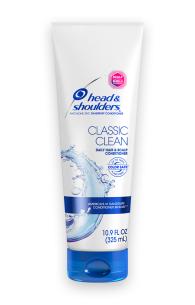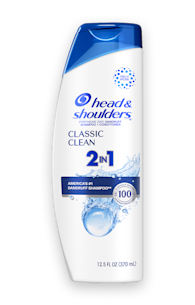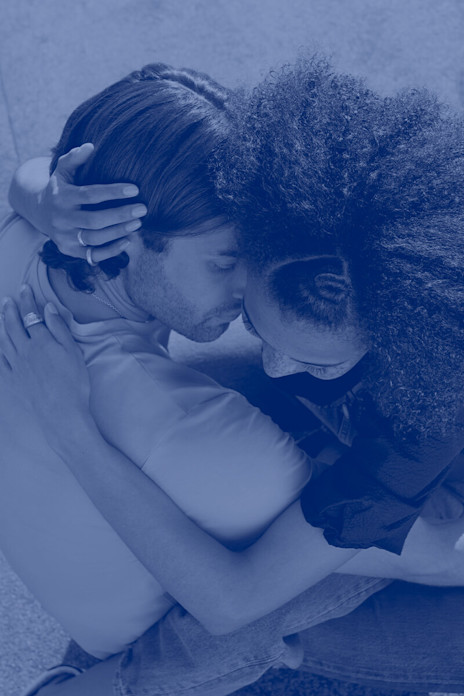What causes dandruff?
Malassezia globosa is a fungus that lives on all of our scalps. It survives by consuming the natural oils produced by our scalps. It is effectively harmless to most people.
Unfortunately, many people are sensitive to one of the main by-products of Malassezia globosa: oleic acid. For those who are sensitive, Malassezia globosa will lead to symptoms that include:
Itchiness
White flakes in the hair
Red and irritated scalp
This is dandruff, and it’s worth noting that Malassezia globosa is the only true cause of dandruff.
There is no known cure for dandruff – the best treatment is to control the problem to keep flakes away.
So how does Head & Shoulders go about that?
How dandruff shampoo works
Like all shampoos, Head & Shoulders washes away accumulated dirt and sweat. It goes further by adding an active ingredient, pyrithione zinc, that works in-between washes to protect your scalp from the cause of dandruff: Malassezia globosa.
Head & Shoulders is highly effective at controlling dandruff flaking, as has been proven in hundreds of clinical studies.
But the problem is that Malassezia globosa is an inescapable part of our environment, so it won’t just go away – it’s with you for life.
Why isn’t my shampoo working?
There are many reasons that Head & Shoulders might seem to be ineffective. The first, and most obvious, is not using it in the best way.
To get the best out of your dandruff shampoo, you should wash with it regularly – even when you don’t see or feel symptoms. The amount of active ingredient protecting your scalp decreases over time, because it’s used up fighting dandruff.
Regular washing replenishes the amount of dandruff-fighting active on your scalp, so you always have enough.
Anything less, and you risk dandruff coming back.
